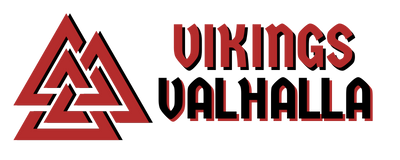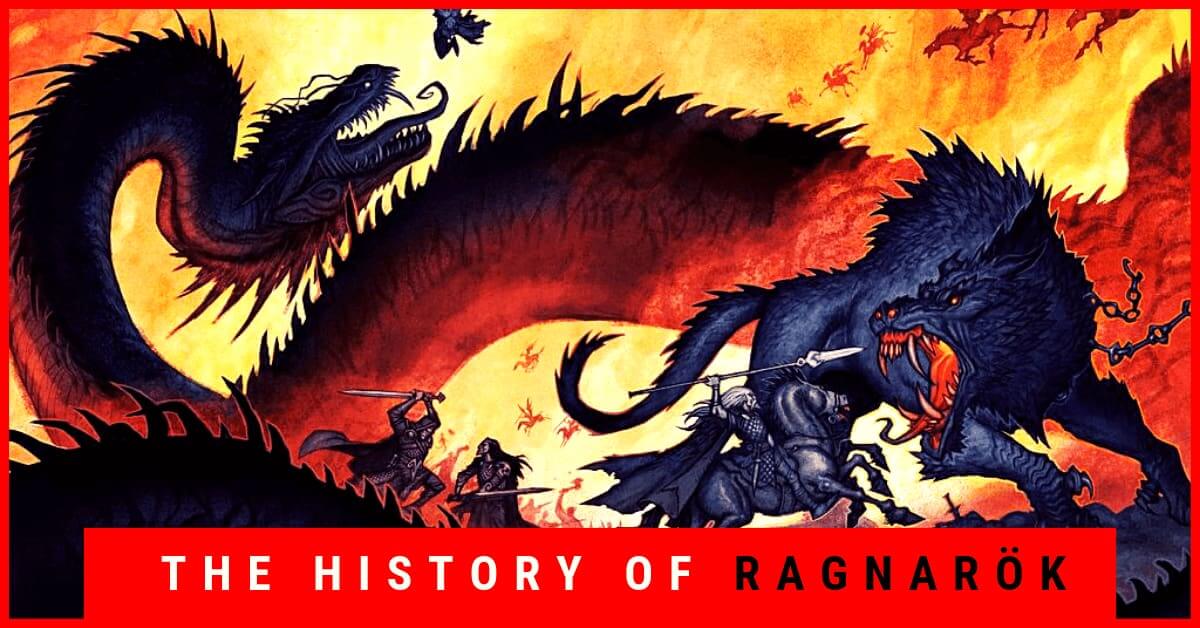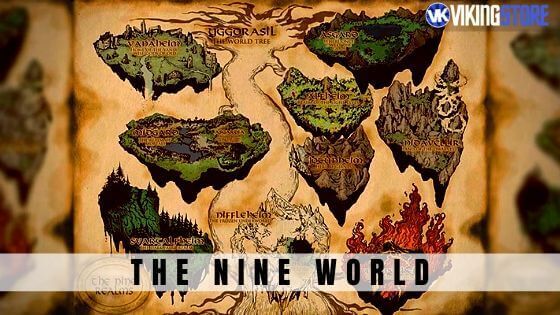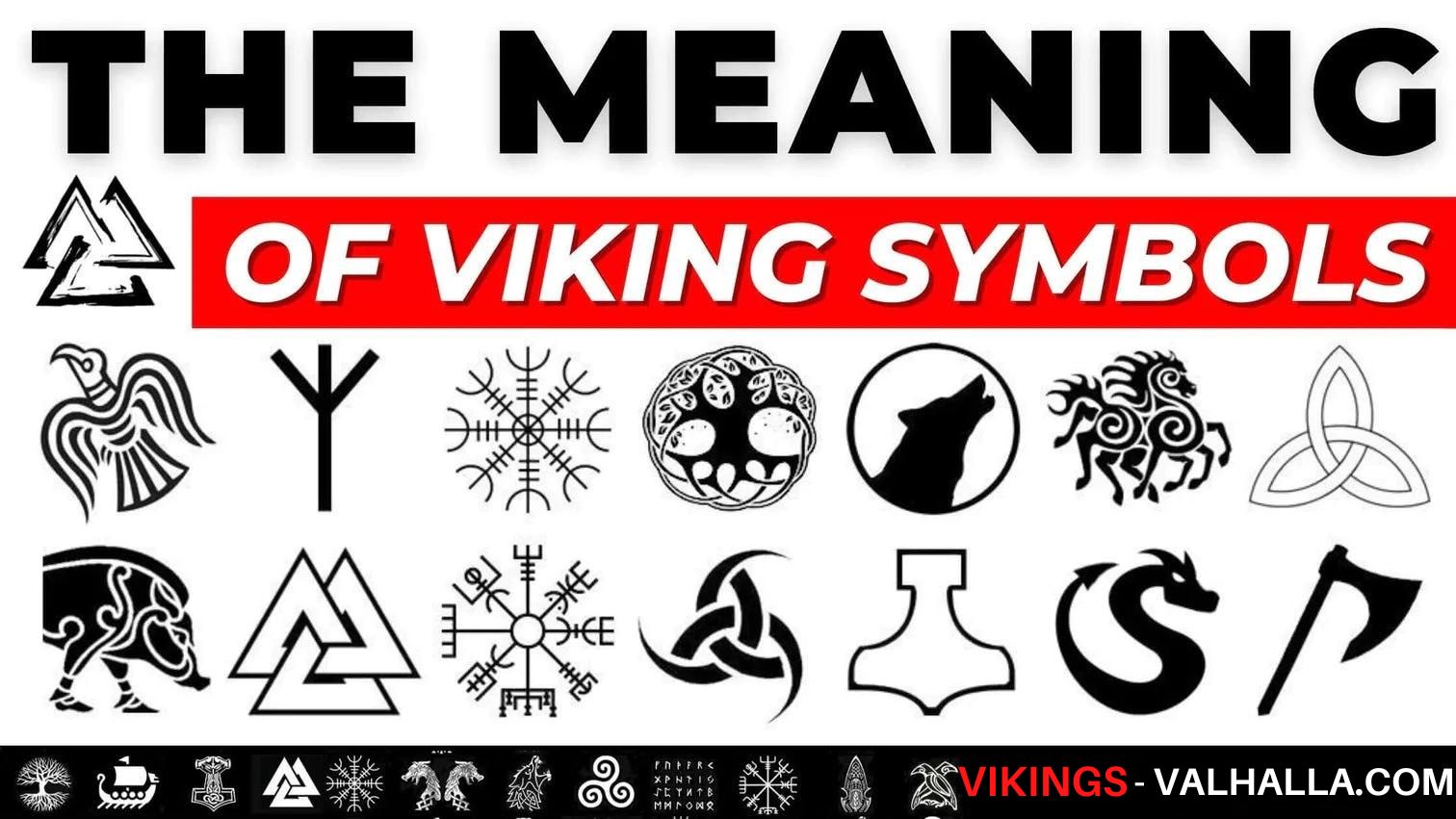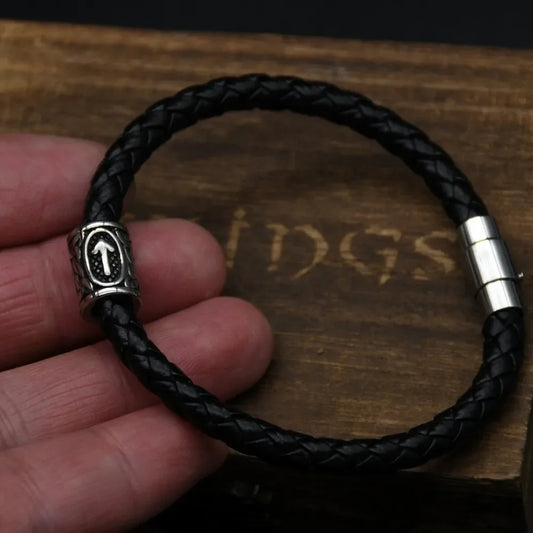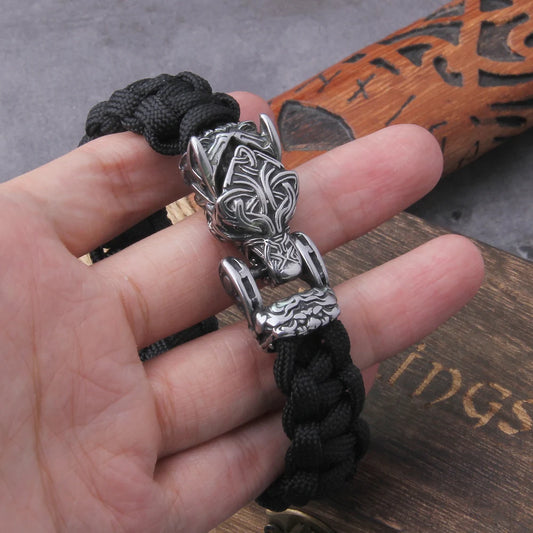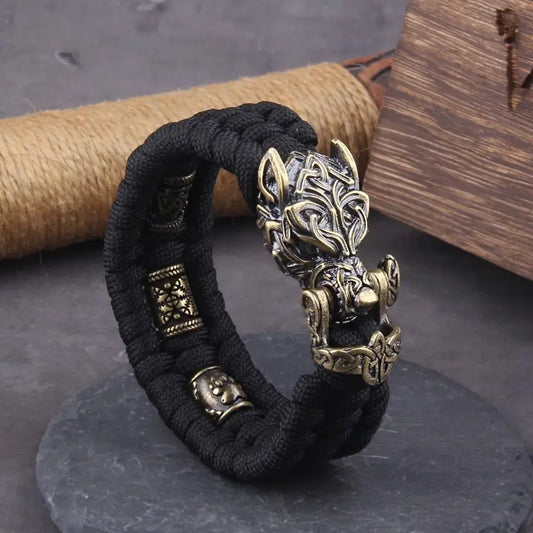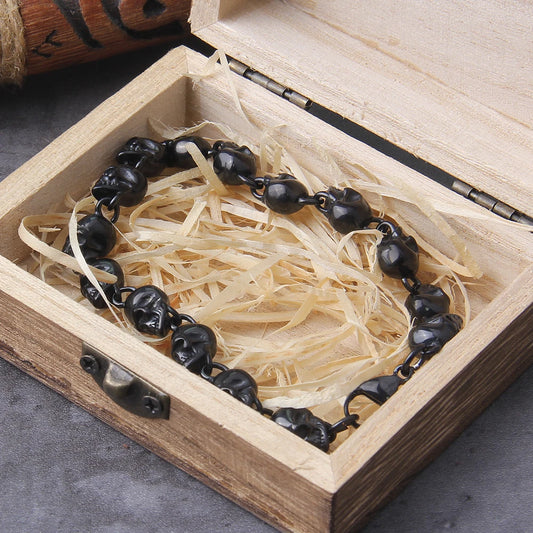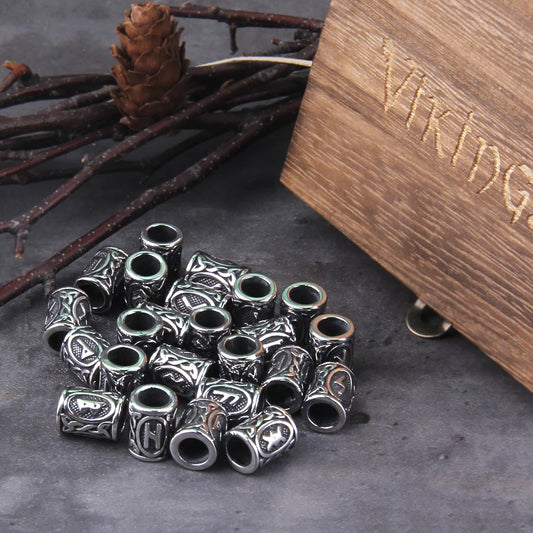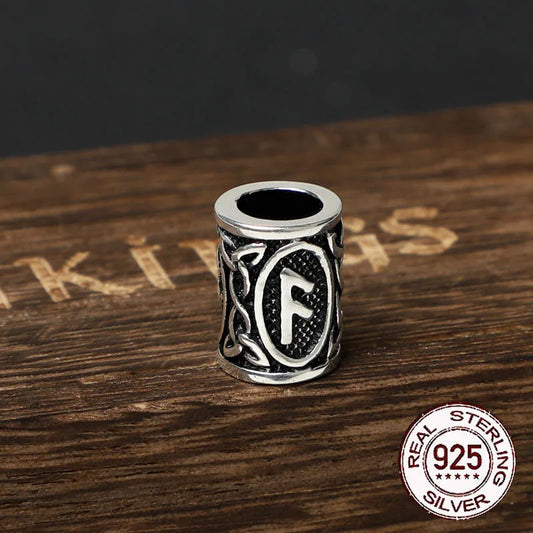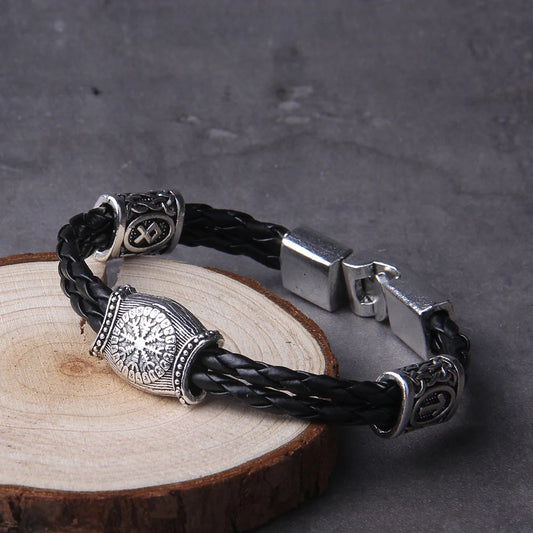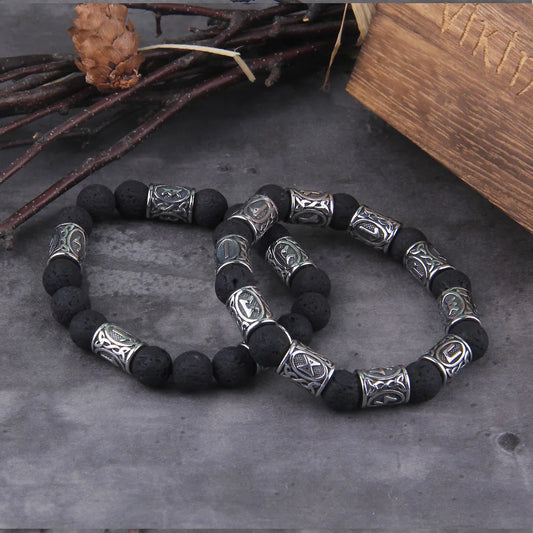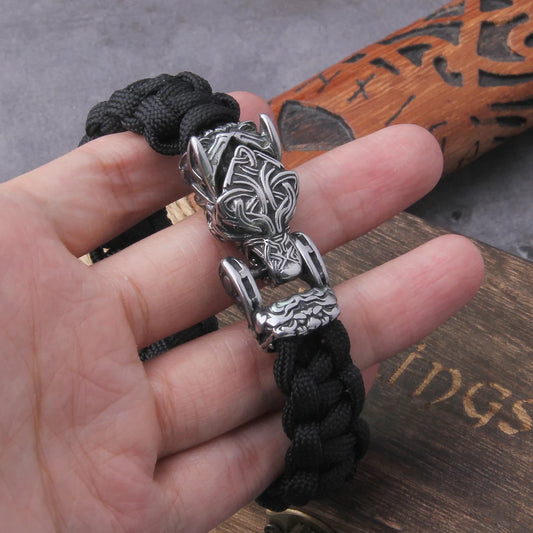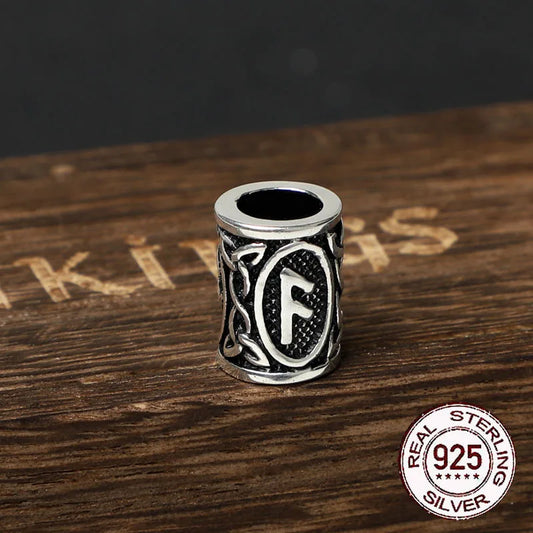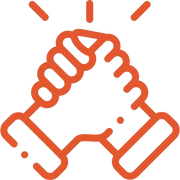Freya or Freyja (Old Norse: ˈfrœyjɑ ("the Lady")) is a goddess of Norse and Germanic mythology, of whom numerous accounts involving or describing her have been preserved. Because the best documented sources of this religious tradition were handed down and, in many cases, written down more than a century and a half later, her true role, pagan practices, and worship are uncertain.
In the Eddas, Freya is described as the goddess of love, beauty and fertility. People invoked her for happiness in love, assistance in childbirth and good seasons.
Freya was also associated with war, death, magic, prophecy and wealth. The Eddas mention that she received half of those killed in battle in her palace called Folkvangr, while Odin received the other half in Valhalla. The origin of the Seidr and its teaching to the Aesir was attributed to her.
Frigg and Freya are the two main goddesses of the Norse religion and are described as the superior among the Aesir. Freya is the most revered goddess along with Frigg, and her worship seems to be the more prevalent and important of the two.
In the Droplaugarsona saga it is described that in the temple of Ölvusvatn, Iceland, statues of Frigg and Freya were placed in the most important positions, opposite those of Thor and Freyr. These statues were arranged with elaborate draperies and ornamented with gold and silver.
In Heimskringla Freya is presented from an evolutionary point of view as a mythological princess of Sweden. Her father Njord is seen as a mythical king of Sweden and her brother Frey is also mentioned.
Freyr and Freya's mother is Njord's sister, who is generally related to the ancient Germanic goddess Nerthus as was customary among the Vanir and permitted by their laws.
Later in Heimskringla, it is related that many temples and statues of the native pagan gods were assaulted and destroyed by Olaf I of Norway and Olaf II the Holy during the gradual and violent process of Christianization of Scandinavia.
During and after the Christianization process was extended and completed, Freyja and many elements associated with it were demonized by the growing influence of Christian missionaries.
After Christian influence was consolidated in law, remnants of her faith were preserved underground, mainly in rural areas, surviving until modern times in Germanic folklore and more recently reconstructed in various forms of Germanic neo-paganism.
Etymology of Freya
The names Frey and Freya derive from Germanic words whose meanings are "the lord" and "the lady" respectively.
Like the French word dame (from Latin domina), whose masculine form (dominus) has perished, the meaning for "lord" is no longer used, but the title "Frau" still exists in Germanic languages.
The name Freya, however, is potentially related to the name Frigg (which derives from fri "to love"), because "woman" and "love" are ultimately related, just as Freya and Frigg are often thought to be avatars of each other.
Freya in the Prose Edda
Gylfaginning
Freya is introduced in Gylfaginning, the first book of the prosaic Edda. It is narrated that after the war that broke out between the Aesir and the Vanir because of the bad treatment given to Gullveig by the Aesir ; the peace treaty included the exchange of hostages between both groups of gods. The god Njord was sent by the Vanir from Vanaheim to Asgard where he conceived Freyr and Freya.
Skáldskaparmál
A part of the poem Húsdrápa in Skáldskaparmál tells the story of Loki's theft of the Brisingamen necklace. When Freya noticed that her necklace was missing, she enlisted the help of Heimdall to search for it. They eventually found the thief, who turned out to be Loki, who had transformed into a seal. Heimdall also transformed into a seal and fought him.
After a long battle, Heimdall won and returned the Brisingamen to Freya. Loki and Heimdall's rivalry over Brisingamen is an important event, as it marks a mutual hatred that will in the future destine them to fight and kill each other at the end of Ragnarök.
This myth, which takes place at sea, is perhaps related to the origin of one of Freya's names, "Mardöll" (Brightness of the Sea), the brightness here being that of the stolen Brisingamen necklace (brísinga meaning "bright, sparkling, flaming"). In the name Heimdall, the word dallr (light) is the masculine of döll, and heim means "land of" (cf. Vanaheim, Alfheim).
This is perhaps one of the stories that were lost about Freya's travels in search of her husband. Freya and her husband Odr represented the usual situation of some noble families in ancient Scandinavia where due to harsh environments and war campaigns, the men left on long war journeys and the women were left in charge of the household with considerable power.
Freya in the Poetic Edda
Grímnismál
In Grímnismál, in the poetic Edda, the main abodes of the Norse gods are described. Among them is mentioned the residence of the goddess Freya, her palace called Folkvangr, where she received half of the warriors fallen in battle.
According to Snorri Sturluson's account in the prosaic Edda, "whenever she rides into battle, she has half of the dead". Folkvangr's name can be translated as "people's camp" or "army camp. " Her hall, Sessrúmnir, is translated as "wide in seats. " These names indicate some parallelism with Valhalla, which houses the Einherjar, the army of the dead chosen by the Valkyries for Odin who are preparing for Ragnarök.
Völuspa
Völuspa is the first and one of the main poems of the poetic Edda. In the poem, a Völva provides much information about future and past events to the god Odin.
Freya is mentioned briefly in the poem, being mentioned when the gods gather to break the agreement with the builder of the walls of Asgard and owner of the stallion horse Svadilfari, to protect the goddess. The goddess is cited in this composition as the "bride of Odr".
Þrymskviða
The poem Þrymskviða relates that one day Thor discovers that his hammer Mjolnir is lost. He goes with Loki to Freyja's residence, Folkvangr, to ask for her falcon feather cloak. Loki then uses this cloak to transform himself into a bird and searches for Thor's hammer and discovers that the giant Thrym has hidden it and asks that it be given to Freyja in exchange for returning it. The goddess, full of anger, makes the dwellings of all the gods tremble and, due to the trembling, the Brisingamen necklace jumps off her neck.
All the gods and goddesses gathered in council and, following Heimdall's suggestions, succeeded in convincing Thor to dress as Freyja and wear her jewels. Loki, dressed as a maid, accompanied Thor in his Freyja costume, whereupon the giant Thrym welcomed them. At the reception banquet the giant is surprised by the bride's large appetite and Loki always responds intelligently by arguing his strange behavior.
In the end the giant places the hammer Mjolnir in the skirt of the supposed bride and at that moment Thor removes Freyja's disguise, takes the hammer and kills the giant and all his guests.
Lokasenna
Lokasenna is a work found only in one edition of the poetic Edda, what is mentioned in it does not appear in any other source and the Christian influence of the poet and his respect for pagan deities is discussed. The text is apparently a continuation of Hymiskviða where the god Aegir obtains a giant cauldron where he prepares mead to invite the Aesir and the Alfar.
However Loki, who had not been invited to the meeting, attends and kills one of Aegir's servants and insults all the gods until Thor threatens him with his hammer. In Loki's exchange of words with Freya, the latter begins by defending Frigg whom Loki mocks for killing her son. At this point Loki accuses her of being a sorceress and lying next to her brother.
Hyndluljóð
Hyndluljóð is a poem found in very poor condition in the latest editions of the poetic Edda ca. 1400. In it, Freya travels on a boar named Hildisvíni to seek the help of the giantess Hyndla to find her husband Ottar. Ottar here is perhaps another name for Freya's husband Odr.
Oddrúnargrátr
In the poem Oddrúnargrátr which belongs to the heroic songs of the poetic Edda, Princess Borgny cries out to the goddesses Frigg and Freya to bless and favor her son Oddrun and spare him from suffering.
Freya in The Merseburg Incantations
The Merseburg Incantations are texts written between the 9th or 10th centuries in Old High German, where ancient pagan myths are mentioned. In one of the incantations mentioned they include a reference to Freya, here called Frîia or Frûa, pointing out that she has a younger sister named Uolla with whom she performs an incantation to heal a wound of Odin's horse Sleipnir.
Uolla is related to Fulla, who is described in the prosaic Edda as a minor goddess and servant of Frigg, and who in Gylfaginning is mentioned directly below Freya.
Freya in Oral Traditions
In the rural areas of Scandinavia some dependence on the forces of nature was maintained, fertility gods remained in popular culture until the end of the 19th century in Sweden.
Freya retained some elements of her role as a goddess of fertility and crops. In the province of Småland, an account of her relationship to lightning and ripening crops was mentioned.
In Värend, Freya could come on Yule's night and shake the apple trees to announce good harvests and consequently people would leave some apples on the trees, for her. In addition, they considered it dangerous to leave the plows outside, because if Freyja sat on one of them, it would be useless.
Freya's Attributes
The stories that have survived to our times about Freyja often associate her with numerous magical possessions.
Freya's Hall: Folkvangr
Freya receives in Folkvangr half of the spirits of the dead warriors who have fought bravely in battle. Snorri Sturluson relates in Gylfaginning that "whenever she rides into battle, she takes half of the dead".
Freya is also called Eigandi valfalls ("Possessor of the slain in battle") and Valfreyja, "Mistress of the slain in battle" and of valkyries in general.
In Egil's saga, Thorgerda (Þorgerðr), threatens to commit suicide and hopes to pass in Freya's halls after her death.
Another point of view explains the difference between Odin's and Freya's einherjar; the oral tradition of Óðal, explains that Odin's warriors are "the offensive ones", or those who dedicate their lives to battle.
The warriors of Freya are "those of defense", or those who only fight for the sake of defense or those who only fight to protect their families, clans or property. Historian Else Roesdahl mentions the difference between the two cultures when considering the weapons deposited in the tombs.
In Norway the tombs of warriors generally had defensive shields, and in Denmark attack weapons.
Freya's Necklace: Brisingamen
Brisingamen is the famous Freya necklace supposedly made of gold. The necklace is thought to represent the sun and the cycle of day and night. According to the Saxo Grammaticus notes, Brisingamen was among the objects given to the gods by Alberich. In some scriptures, Brisingamen is assigned to Frigg.
In Skáldskaparmál, it is written that women often wore "stone necklaces" as part of the ornaments they used to indicate their social status. This is the reason why the woman is periphrased with references to jewels and agates.
Frigg and Freya are the most prominent Norse goddesses, therefore they are depicted with precious necklaces. Necklaces always seem to be favorite gifts in pagan times. When Hilda went to ask for peace to her father, King Högni, he offered her a necklace and in Völuspá, the prophetess refuses to speak until Odin presents her with some gold necklaces.
Freya's Cloak: Valshamr
Freya possesses a cloak made of falcon feathers, which gives her the ability to change into the form of any bird, and fly between worlds.
It is called Valshamr, the "falcon's plumage", "falcon's skin", or "falcon's feather cloak" in different translations. The same magical cloak is also assigned to Frigg in some tales.
Freya's Boar: Hildisvíni
Freya also rides a golden-bristled boar named Hildisvíni ("Battle Pig") that appears only in the poem Hyndluljóð. It is later related that this boar is her husband Óttar temporarily disguised as Hildisvini, not that Hildisvini was actually Óttar.
In Skáldskaparmál, Freyr is described as driving another boar with golden bristles called Gullinborsti, which may be the same as the one driven by Freya. The boar is associated in Norse mythology with both the notion of fertility and as a protector in war.
Freya's Cat War Chariot
Freya frequently drives a war chariot pulled by a pair of big cats, Bygul (golden bee) and Trjegul (golden amber tree). In Gylfaginning it is related that she drove this chariot to Baldr's funeral.
It is believed that the cats pulling her chariot were the Skogkatt or Norwegian forest cat, it has also been suggested that they may have been boreal lynxes. Cats are sacred to Freya, just as ravens and wolves are to Odin.
Freya is considered a warrior goddess among her many roles. The chariot is also a warrior attribute and often assigned only to important deities.
This does not mean that every exalted Germanic deity has a chariot, but most have special mounts.
Odin and Heimdall have horses, Thor has a chariot drawn by goats, Freyr has a boar, but Freya has both a chariot and a boar. Lesser goddesses such as Gefjun and Idunn do not even have a palace or halls.
Freya's Counterparts
It has been suggested that Freya may be the most direct mythological descendant of Nerthus, a goddess associated with a number of Germanic tribes described by Tacitus in 1 BC in his work Germania, and sometimes identified with Njord through etymological connections.
Njord married his sister, with whom he had a son, Freyr, and a daughter, Freya. This pair of secondary deities may be a derivation of the first. Like the chariot of Freya, the in principle older Germanic goddess, Nerthus is also often described as driving a chariot.
A sustainable relationship is postulated to exist between Freya and other goddesses venerated along the migration route of the Indo-Europeans who constantly appeared with one or two cats or lions as companions, usually in the guise of a war goddess, but at other times also as a goddess of love. Among them may be included Durga, Ereshkegal, Sekhmet, Menhit, Bast, Anat, Asherah, Nana, Cybele, Rhea, and others.
